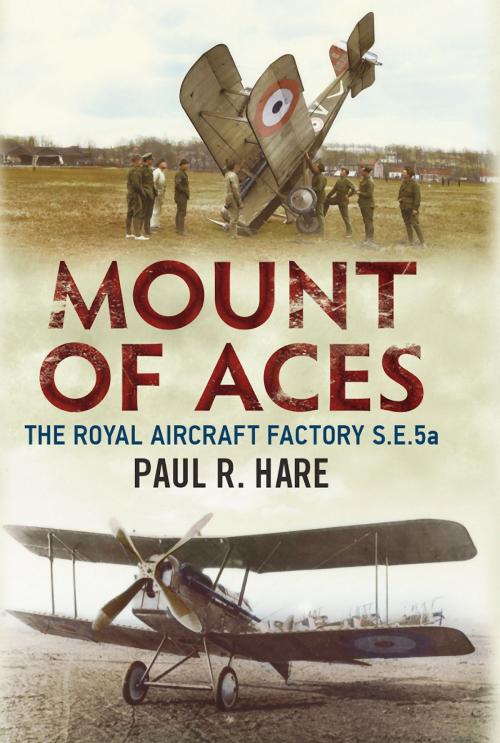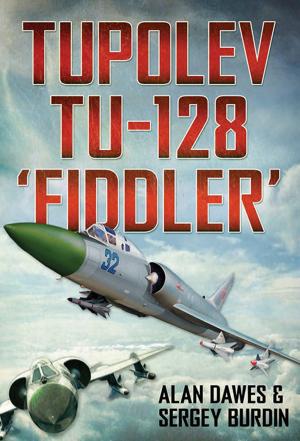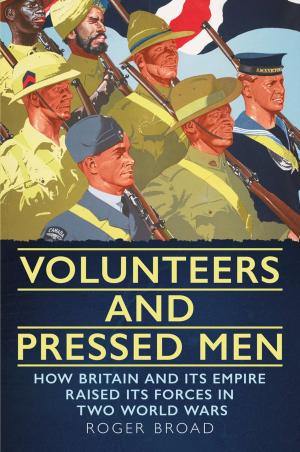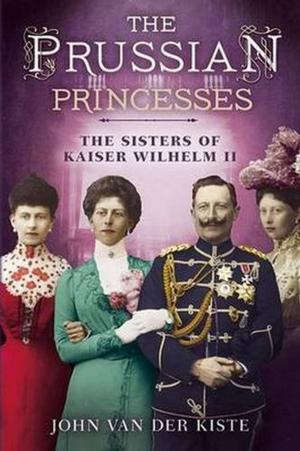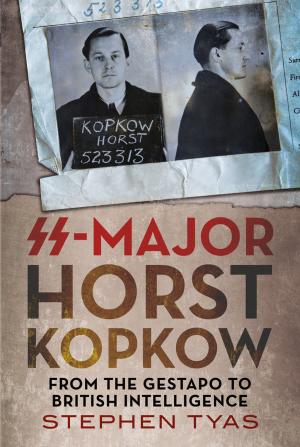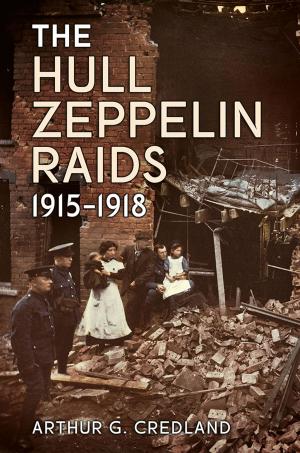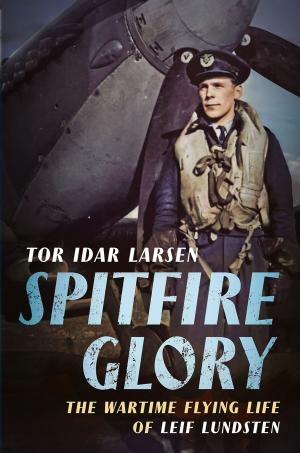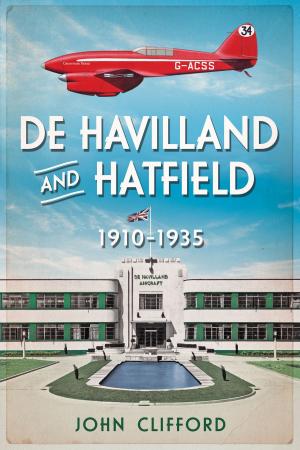Mount of Aces
The Royal Aircraft Factory S.E.5a
Nonfiction, History, Military, Pictorial, Aviation, World War I| Author: | Paul R. Hare | ISBN: | 1230001515251 |
| Publisher: | Fonthill Media | Publication: | January 21, 2017 |
| Imprint: | Language: | English |
| Author: | Paul R. Hare |
| ISBN: | 1230001515251 |
| Publisher: | Fonthill Media |
| Publication: | January 21, 2017 |
| Imprint: | |
| Language: | English |
The Sopwith Camel may be the most celebrated British fighter plane of the First World War, but it was the Royal Aircraft Factory S.E.5a that almost all the highest scoring aces, including McCudden and Mannock, preferred. The S.E.5a was deadly. It was well-armed, fast, highly manoeuvrable and a superb gun platform, and yet it was easy and safe for even the most sketchily trained pilot to fly. Not only could it absorb punishment, it could also deal it out with its .303 Vickers and .303 Lewis machine guns. Over 5,500 examples were produced in the war, and Major Edward C. Mick Mannock scored fifty of his seventy-three victories in it. A formidable part of the Allied arsenal, the S.E.5a helped turn the tide of the war in their favour. After the war, the type took part in air races and was employed in the sky-writings industry for advertising purposes in both Britain and America. Today, all over the world, home-builders are producing reproductions of the S.E.5a for sport and leisure flying; it is a fitting tribute to a design now nearly a century old, and an appropriate memorial to the thousands of pilots who flew it in combat over the trenches in defence of their country.
The Sopwith Camel may be the most celebrated British fighter plane of the First World War, but it was the Royal Aircraft Factory S.E.5a that almost all the highest scoring aces, including McCudden and Mannock, preferred. The S.E.5a was deadly. It was well-armed, fast, highly manoeuvrable and a superb gun platform, and yet it was easy and safe for even the most sketchily trained pilot to fly. Not only could it absorb punishment, it could also deal it out with its .303 Vickers and .303 Lewis machine guns. Over 5,500 examples were produced in the war, and Major Edward C. Mick Mannock scored fifty of his seventy-three victories in it. A formidable part of the Allied arsenal, the S.E.5a helped turn the tide of the war in their favour. After the war, the type took part in air races and was employed in the sky-writings industry for advertising purposes in both Britain and America. Today, all over the world, home-builders are producing reproductions of the S.E.5a for sport and leisure flying; it is a fitting tribute to a design now nearly a century old, and an appropriate memorial to the thousands of pilots who flew it in combat over the trenches in defence of their country.
